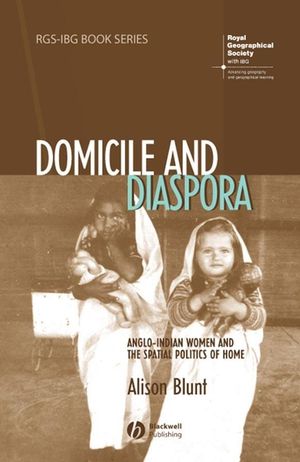Black by Design: A 2-Tone MemoirPosted in Arts, Autobiography, Books, Identity Development/Psychology, Media Archive, Monographs, United Kingdom, Women on 2011-08-16 02:18Z by Steven |
Black by Design: A 2-Tone Memoir
Serpent’s Tail
2011-07-14
320 pages
Paperback ISBN: 9781846687907
Powerful autobiography from the front woman of influential ska band, The Selecter
Lead singer for platinum-selling 2-tone band The Selecter, Pauline Black has been in the music business for over thirty years. The only woman in a movement dominated by men, she was very much the Queen of British Ska. She saw The Specials, Madness, Dexy’s Midnight Runners and all the other top bands of that generation at their very best… and worst. Black was born in 1953 of Anglo-Jewish/Nigerian parents. Adopted by a white, working class family in Romford in the fifties, Pauline was always made to feel different, both by the local community and members of her extended family, who saw her at best as a curiosity, at worst as an embarrassing inconvenience. Weaving her rise to fame and recollections of the 2-tone phenomenon with her moving search for her birth parents, Black By Design is a funny and enlightening memoir of music and roots.
Born in Romford, Pauline Black is a singer and actress who gained fame as the lead singer of seminal 2-tone band The Selecter. After the band split in 1982, Black developed an acting career in television and theatre, appearing in dramas such as The Vice, The Bill, Hearts and Minds and 2000 Acres of Sky. She won the 1991 Time Out award for Best Actress, for her portrayal of Billie Holiday in the play All or Nothing At All.




